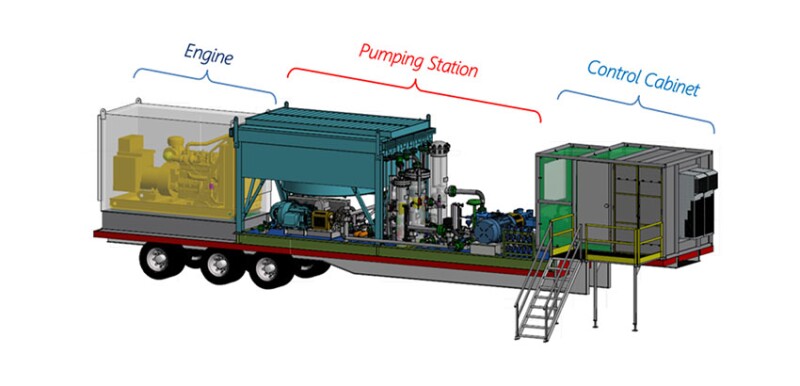The complete paper describes a technology that combines a compression unit with a flexible line to offer a flaring alternative for transferring hydrocarbons to networks. The zero-flaring technology (ZFT) package consists of a gas compressor and triplex pump on one mobile skid, along with temporary reinforced thermoplastic (RTP) pipes to connect the well to the nearest production facilities. ZFT not only supports testing operations but also increases low‑potential production with zero greenhouse-gas (GHG) emissions.
Introduction
Oil-rim reservoirs and high-water-cut wells often pose significant production challenges because of insufficient reservoir drive. These wells typically exhibit low flowing pressures at the wellhead, rendering them unable to flow within existing flowline networks.


